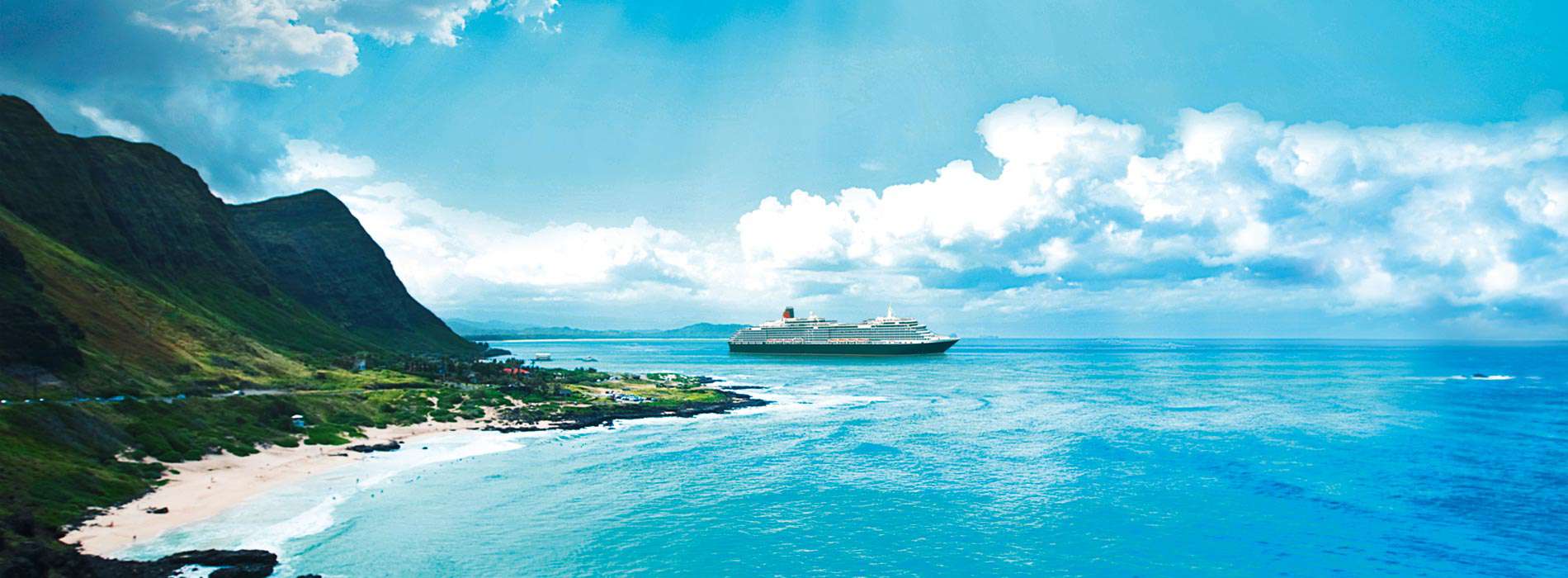Review of Japan
Rakabudiswa: 23.03.2017
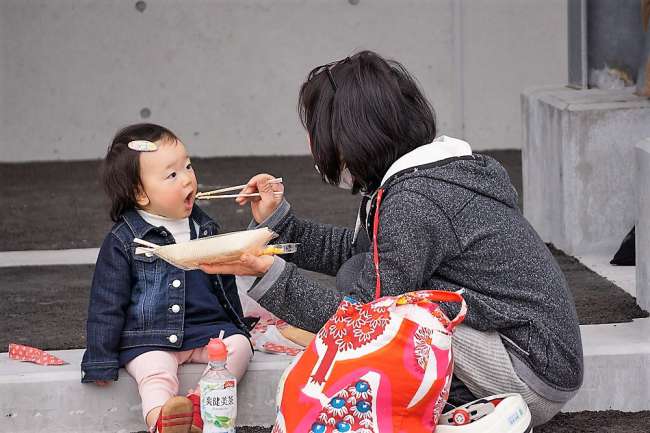
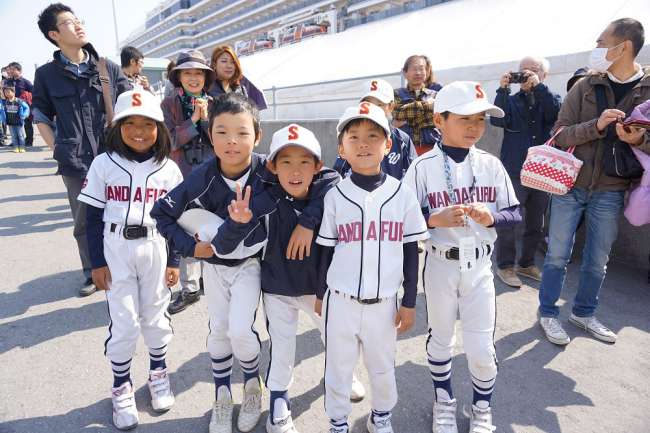
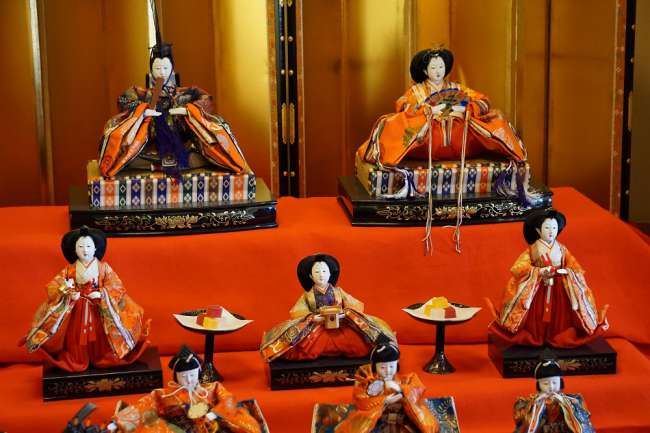
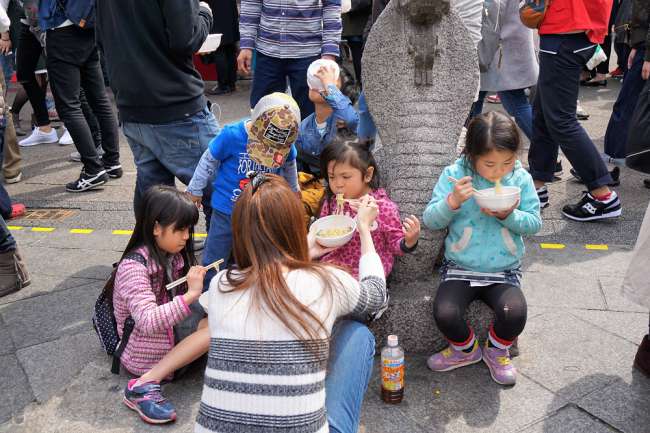
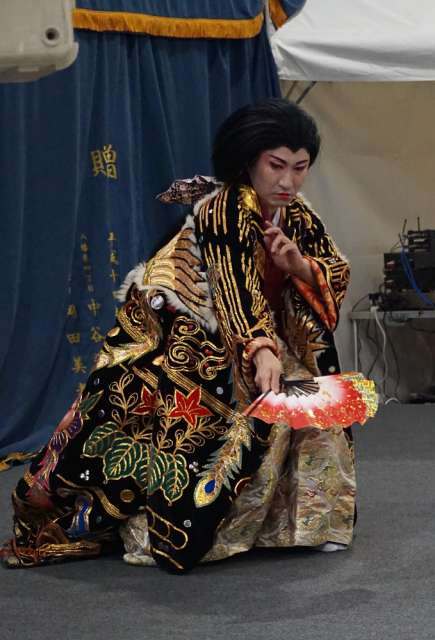
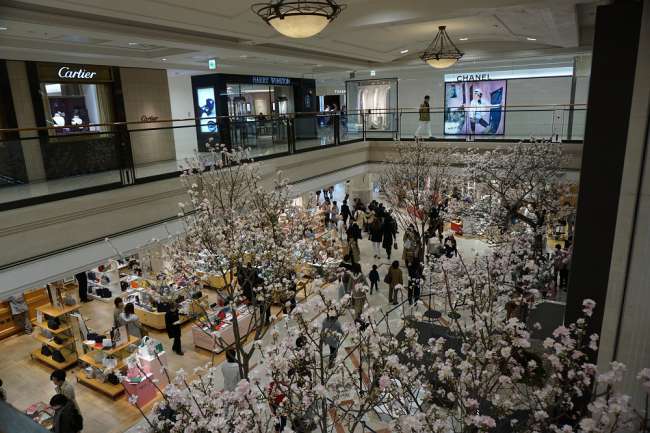
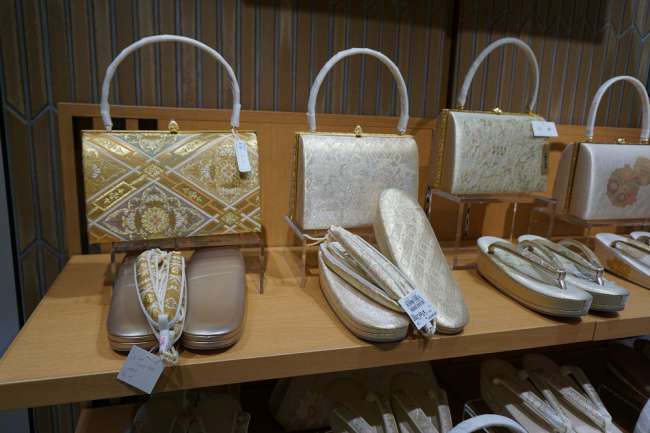
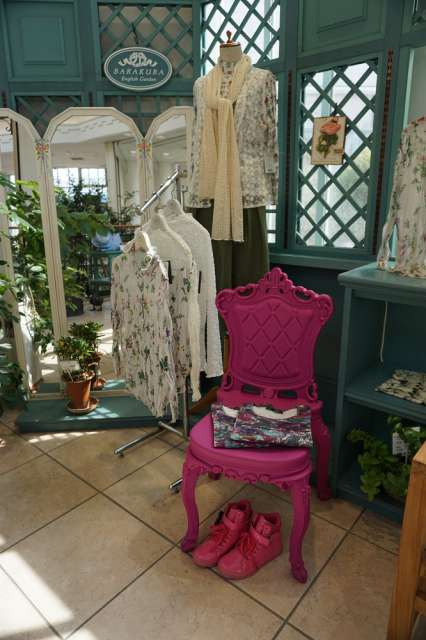
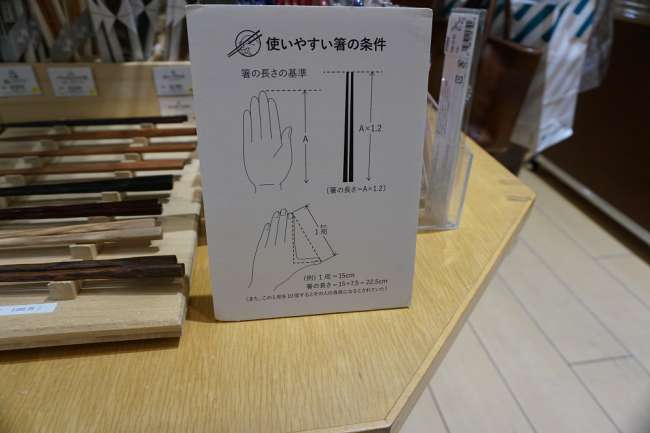
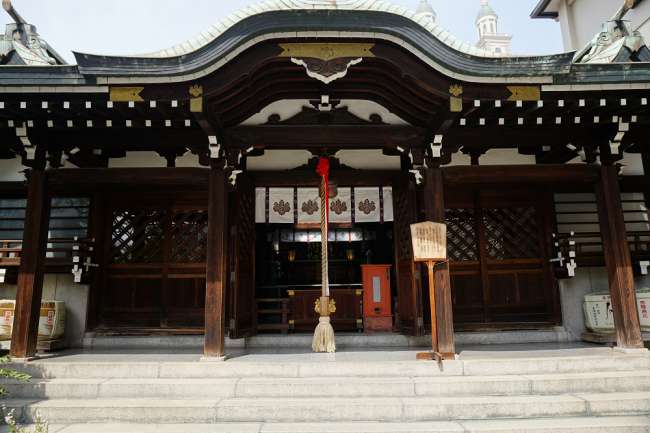
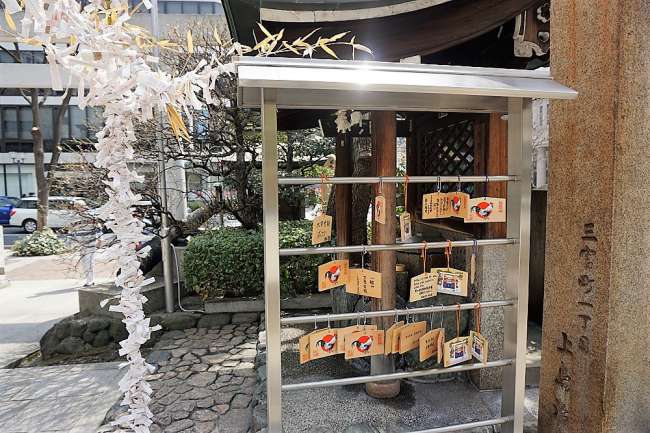
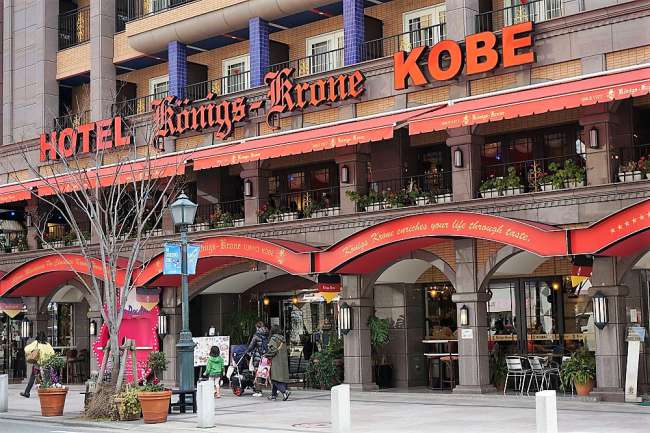
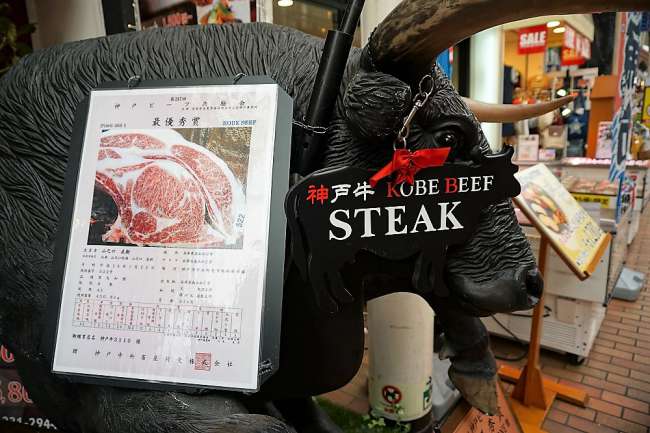
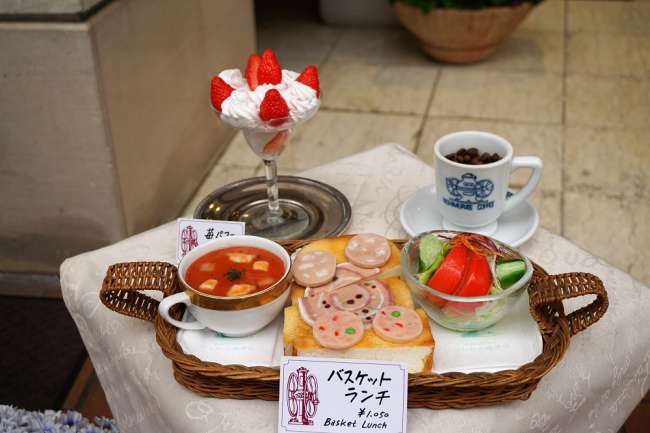
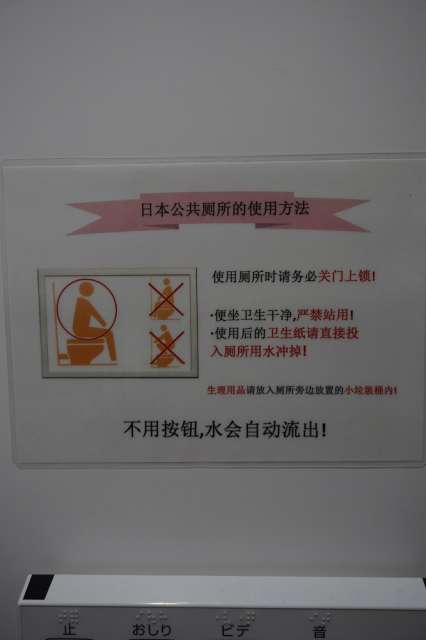
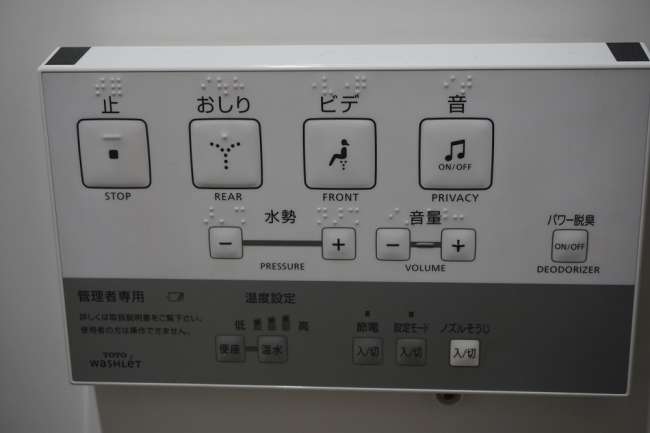
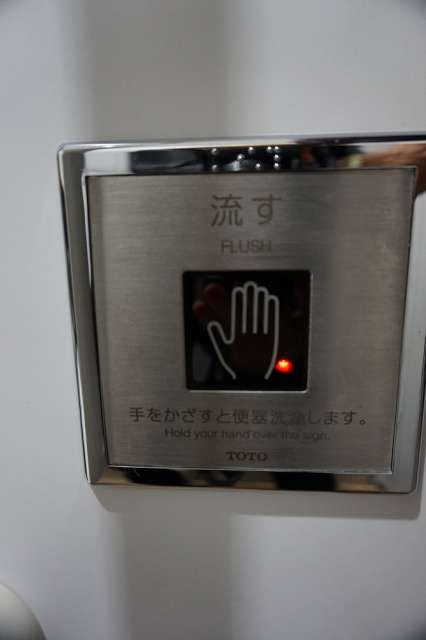
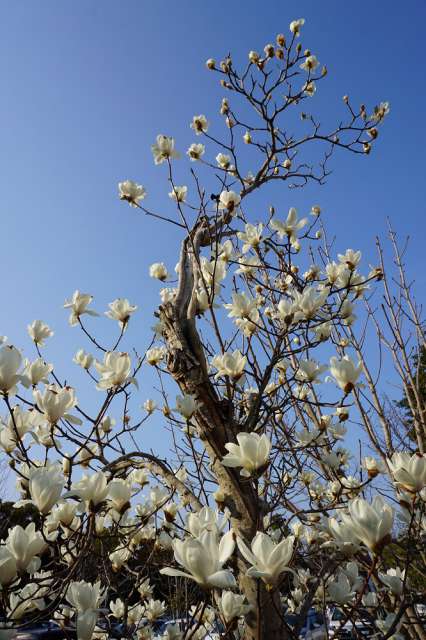
Nyorera kune Newsletter
After leaving Japan, I have many images and memories in my mind. As I have mentioned before, I found the enthusiasm and hospitality for our visit to be amazing. Even during the final departure in Kobe, many balloons were released with music, so there was always a new idea.
But what impressed me the most was the combination of modernity and strong traditional ties. In the streets, I saw many women wearing kimonos, which I had previously thought of as clothing for special occasions. I took a closer look at how to dress in a kimono. It's a really elaborate process that takes a lot of time and help. It's difficult to do alone because you first put on an "undershirt," then the kimono, then the elaborate fastening, and finally the draped back cushion. Since the kimono is usually 30cm too long and needs to be tied up, the movement freedom when walking is restricted, also by the wooden flip-flops with white socks. That explains the short steps while walking. Sitting requires a straight posture since the cushion at the back makes it difficult to lean back. The objective of the kimono is definitely to show as little skin as possible. In general, fair skin is an ideal of beauty. Therefore, many people walk with umbrellas when the sun is out or wear hats. It's the complete opposite of our ideas. But in any case, the Japanese women are very fashionable and chic, whether dressed in Western or traditional clothes. The evening dresses on board were stunningly beautiful, even the young children were dressed in beautiful evening attire on formal nights. But even during gardening work, Japanese women dress fashionably in pink with floral patterns. The rubber boots in the photo cost 100 euros!
The children are, of course, particularly cute. I was able to take a snapshot of a mother feeding her little daughter with chopsticks. Neither of them noticed, so the photo looks very natural. The group in their sports attire was also very eager to take a photo and was very excited. I was also asked several times to be a decorative accessory for a selfie. The Japanese love to capture the moment in photos.
By the way, girls receive one of the old traditional dolls that wear imperial clothing as a gift from their grandparents when they are born. The "Festival of Dolls" or "Girls' Day" is celebrated on March 3rd, when these dolls are displayed in every house with a young daughter. That's why you can see many dolls, and even our captain received a pair of dolls in traditional clothes from Kobe as a gift.
By the way, Kobe is known for its best steak, which is particularly tender due to its marbling with fine streaks of fat. It has the lowest amount of saturated fatty acids. There are some myths surrounding the breeding of Kobe cattle, such as massaging them with beer or playing music in the stable, etc. However, the fact is that Kobe cattle receive three times as much time as conventional cattle until they are ready for slaughter. They are smaller and lighter, which makes the rearing process very elaborate. One kilogram of authentic Kobe beef costs 400-600 euros. Authentic meat also has a number and a certificate, and there are supposedly only 4,000 cattle per year. So far, the import of Kobe beef into the EU has not been possible because there is no slaughterhouse in Japan with EU approval. This is said to have changed. So everything is very complicated.
I noticed that the Japanese place a lot of value on good food. Especially when there is a perfect shape, color, or the first of a series of vegetables, fruits, or other natural products, they are willing to spend a fortune on it. Perfect strawberries can cost up to 30 euros for 100g.
In restaurants, the dishes are displayed as modeled plate dishes in the shop window so you can see what they look like when they are served. On the streets, for example, in Kobe's Chinatown, many people stood in line to get a snack, such as dumplings (dim sum). In Kobe, I found a German bakery, Königs-Krone, which I initially mistook for a Bavarian restaurant. Many women also lined up there for German bread (black bread is very popular and very expensive), but rolls, cakes, and pies were also in demand, especially in a proper café.
So, eating is a great pleasure here. I also enjoyed the dinners in the restaurant on the ship because they were prepared in a very Japanese way with special spices. The chefs always follow the local dishes.
I also found the different religions in Japan to be interesting. They actually have two here, Shintoism and Buddhism. My tour guides told me that in the morning, they pray to their ancestors and nature gods at their home altar, and otherwise, they pray to Buddha. Good luck charms are of great significance, and I saw the paper with wishes or fortunes tied to trees or displayed on special racks everywhere. Another method is the long strings in the shrines that you pull and make a wish when the bell rings.
I had already documented the unusual way of keeping dogs with photos. I saw "dressed-up" dogs almost everywhere. Here is a photo of a dog with a little skirt.
I also found a "bilingual" toilet and took a photo of the buttons so you can get an idea of how the buttons work. My first experience was without an English translation, so it was quite a challenge.
This concludes the chapter on Japan, and now the focus will shift to the Asian mainland. There was already a taste of it with the stop in Busan, South Korea, which I will report on. Next up are Shanghai and Hong Kong.
In any case, I have a full schedule from early morning and am excited about both cities, which I visited 30 years ago and will probably hardly recognize.
Best regards
Eva
Nyorera kune Newsletter
Pindura
